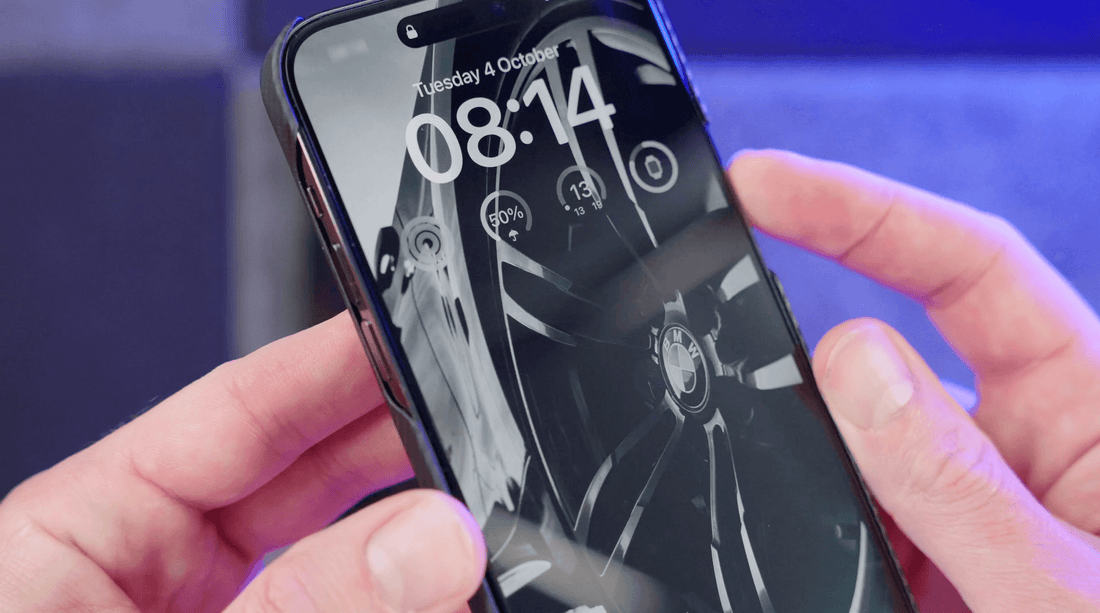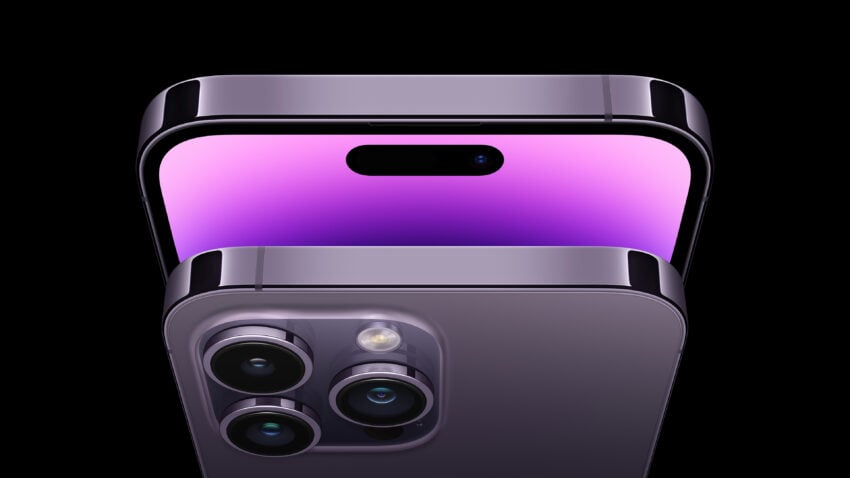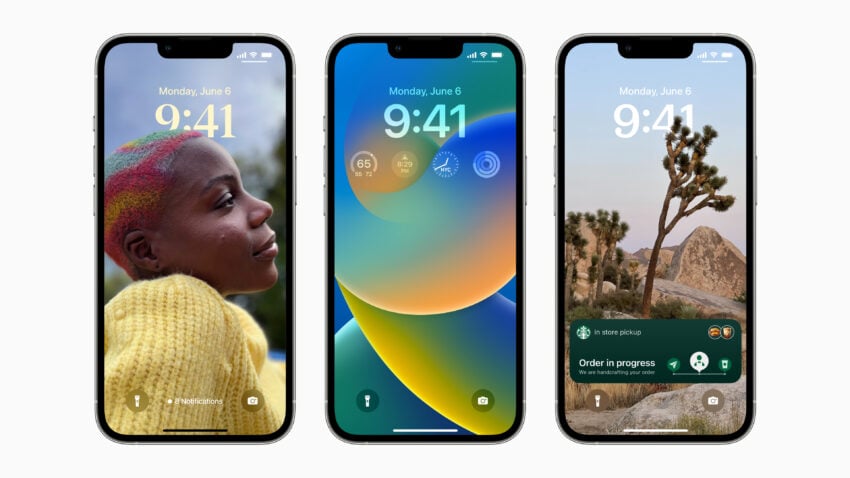
iPhone 14 Problems: 5 Things You Need to Know
Share
Apple iPhone 14, iPhone 14 Plus, iPhone 14 Pro, and iPhone 14 Pro Max users are running into a variety of issues. Some of these problems are actual bugs while others are a matter of people getting used to iOS 16 and their new phone.
iPhone 14 users are complaining about Bluetooth problems, Face ID, Wi-Fi problems, performance problems, and a variety of other issues.
We haven’t heard about any serious widespread issues yet, but that could change as shipments continue to land on doorsteps around the world.
Below are the most common iPhone 14 problems, potential fixes for some of these problems, places to find feedback about iPhone 14 performance, and a look at what’s in the iOS 16 pipeline for these devices.
Table of Contents
This list of iPhone 14 problems will grow. Some of these initial problems will get resolved by Apple via software updates, but we’ll continue to see issues pop up as people put more mileage on their new phones.
iPhone 14 Problems
Like clockwork, we’re hearing about iPhone 14 activation issues. Activation issues always plague new iPhones so this isn’t surprising to see.

If you’re having issues activating your new iPhone 14, check Apple’s System Status page. If you don’t see a green symbol next to iOS Device Activation, you’ll want to wait until it’s green and then try activating your phone again.
On top of these, we’re also hearing about issues with first and third-party apps, various problems with the cameras, excessive battery drain, random reboots while charging, Face ID problems, Exchange problems, Wi-Fi problems, CarPlay issues, UI lag, iCloud issues, Bluetooth issues, data transfer issues, sound problems, and login issues.
We’re also hearing 5G/LTE cellular data issues. Some users are saying cellular service is dropping unexpectedly while on-the-go. Others are complaining about the speed of 5G.
iPhone 14 Performance
If you’re thinking about buying an iPhone 14, iPhone 14 Plus, iPhone 14 Pro, or iPhone 14 Pro Max, or if you already own one, you’ll want to monitor feedback from other people using the same device. This feedback will alert you to potential issues with Apple’s hardware and software.
We recommend keeping an eye on YouTube, Apple’s discussion forums, social media sites like Twitter, and sites like the MacRumors forums for ongoing feedback about Apple’s flagship phones.
We’ve released list of the best reasons to, and not to, install the latest version of iOS 16 and it’s worth a look if you’re currently on the fence.
How to Fix iPhone 14 Problems
If you run into a problem on your iPhone 14 there’s a good chance you’ll be able to fix the problem yourself. That being said, in some cases you may need to contact Apple support, contact your carrier, or take your phone into an Apple Store.
If you’ve run into trouble, take a look at our list of fixes for the most common iPhone 14 problems. Our guide runs down fixes for the most common iPhone issues like broken Bluetooth and busted Wi-Fi.
We’ve also released some tips to help improve your phone’s performance and a guide that could help you improve battery life if you think it’s draining faster than it should be.
If you can’t find a fix in our guides, you’ll want to check Apple’s discussion forums and see if someone has a solution for whatever’s ailing your phone.
If you can’t find anything on Apple’s forums, you should contact Apple. You can do so via the company’s support account on Twitter. You can also get in contact with Apple Support via the company’s website.
If you’d rather get answers in person, you might want to take your new phone into your local Apple Store and see if they can diagnose your problem. If you’ve got an Apple Store in your area, make sure you schedule a Genius Bar appointment.
Your iPhone is currently under warranty so they might offer you a replacement if the problem is serious enough.
iOS 16 Downgrade
If you’re dealing with software problems on your iPhone 14, iPhone 14 Plus, iPhone 14 Pro, or iPhone 14 Pro Max, you can try downgrading your devices to the previous version of iOS 16 if the option is available. Currently, it’s not. Apple recently stopped signing on iOS 16.3.
If you’re unfamiliar with the iOS downgrade process our iOS downgrade guide will walk you through everything you need to know before you make the move.
Next iPhone 14 Update
If your device is struggling on iOS 16.3.1 or another version of iOS 16, help is on the way.
Apple’s confirmed an iOS 16.4 update and the software is currently in beta testing ahead of a release sometime later on this year. We expect it to arrive in March or April.
If you can’t/don’t want to wait for the official release date, you might try downloading the iOS 16.4 beta and see if it helps resolve your issues.
For more about the iOS 16.4 update and the beta, have a look at our walkthrough. For more about the iOS 16.4 release date, check out our guide.
Install iOS 16.3.1 for Better Security |
|
 |
|
|
If security is important to you, think about installing Apple's iOS 16.3.1 update on your iPhone right away. The iOS 16.3.1 update has two security patches on board including one for an actively exploited vulnerability. This makes it a very important release. For more on the security contents of iOS 16.3.1, check out Apple's security page. As for older software, iOS 16.3 brought 10+ new security patches with it and you can learn more about all of those right here. In addition, the software came with support for physical security keys for Apple ID. These will beef up your account security by requiring a physical security key as part of the two factor authentication sign in process. Learn more about the change right here. If you skipped iOS 16.2, you'll get its changes with iOS 16.3.1. iOS 16.2 brought a ton of important security patches with it and you can dig into the details on Apple's security site. The update also brought end-to-end encryption to iCloud, iMessage, iPhone backups, Notes, Photos, and more. If you want to learn more about it, head over to Apple's guide. If you decided to missed iOS 16.1.2, you'll get its solitary security patch with your upgrade. Learn more about it right here. If you skipped iOS 16.1.1, you'll get its security patches when you upgrade. You can learn more about them right here. If you missed the iOS 16.1 update, it brought 19 security patches to the iPhone and you can learn about the particulars of those over on Apple's website. If you failed to download iOS 16.0.3, it had one security patch on board, a fix for a potential exploit within the Mail app. For more about the fix, check out Apple's security site. If you're still running iOS 15 your iPhone, you'll get a bunch of other patches when you upgrade. iOS 16.0 brought a ton of security patches to the iPhone. If you're interested in the exact nature of these improvements, you can read about them over on Apple's security website. In addition to those patches, iOS 16 brings some additional enhancements to privacy and security including Safety Check which, according to Apple, will help "people in domestic or intimate partner violence situations review and reset the access they’ve granted others." The feature also resets system privacy permissions for apps and restricts Messages and FaceTime to the device on hand. Apple's also made some improvements to Passkeys in Safari. iOS 16 brings a brand new sign-in method that's end-to-end encrypted and safe from phishing and data leaks. |
